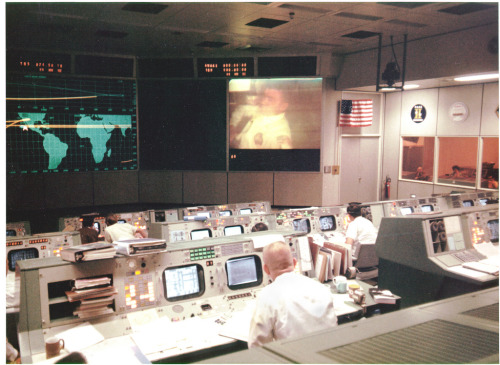Kepler-186f, The First Earth-size Planet In The Habitable Zone
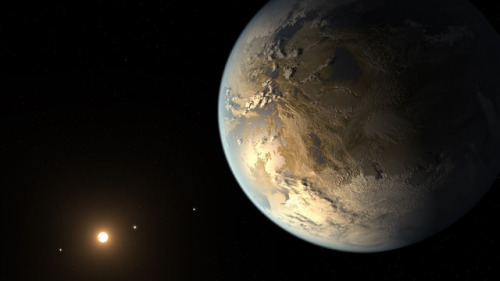
Kepler-186f, the first Earth-size Planet in the Habitable Zone
js
More Posts from Decimatethestars-blog and Others

This illustration shows the cosmic epochs of our Universe from the Big Bang to the Present. The position of galaxy A1689-zD1 is shown as an example of a particularly early forming and distant galaxy.
Image credt: NASA, ESA, and A. Feild (STScI).
Each year we hold a Day of Remembrance. Today, Jan. 25, we pay will tribute to the crews of Apollo 1 and space shuttles Challenger and Columbia, as well as other NASA colleagues who lost their lives while furthering the cause of exploration and discovery.
#NASARemembers
Learn more about the Day of Remembrance HERE.
Make sure to follow us on Tumblr for your regular dose of space: http://nasa.tumblr.com.
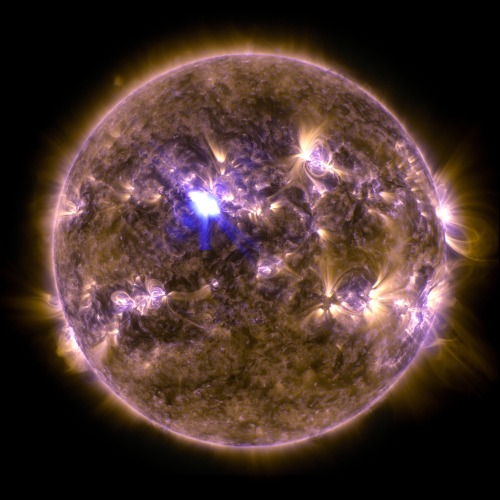

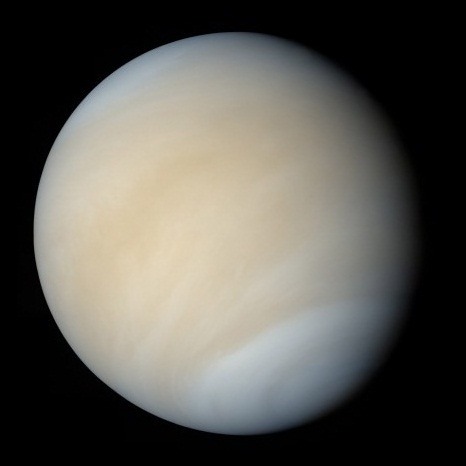
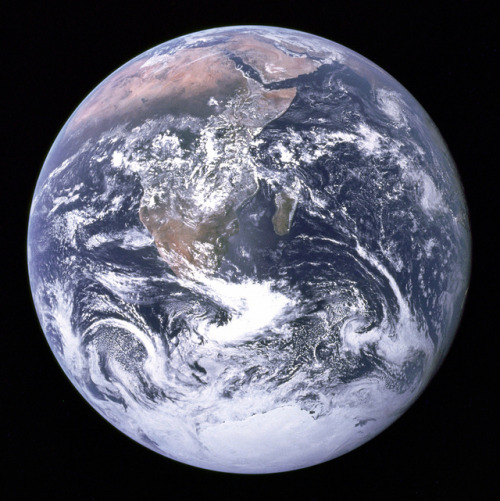
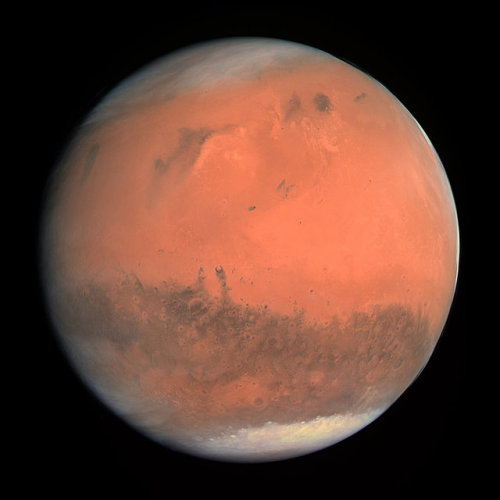
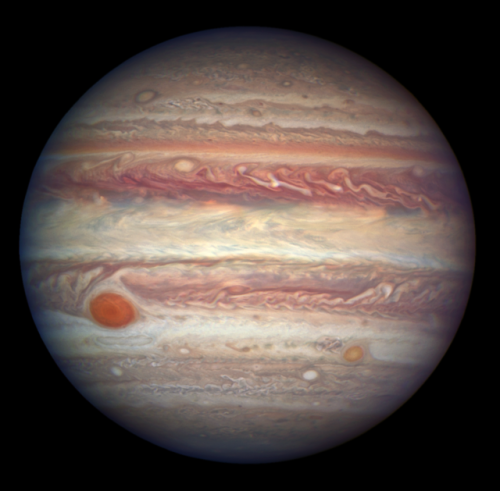

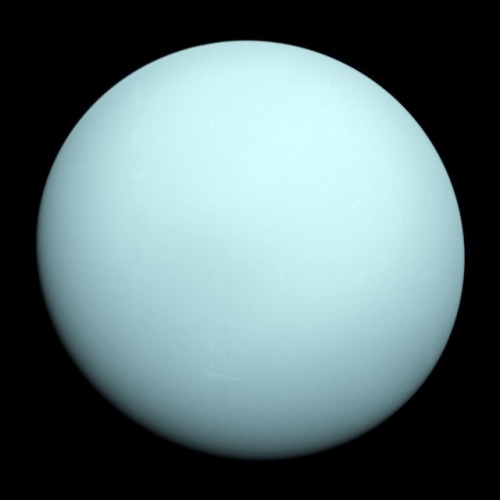
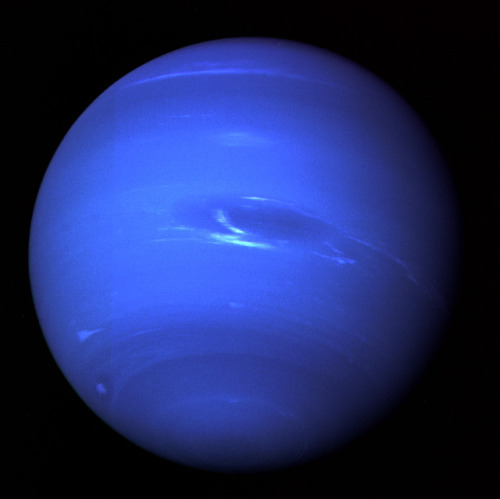
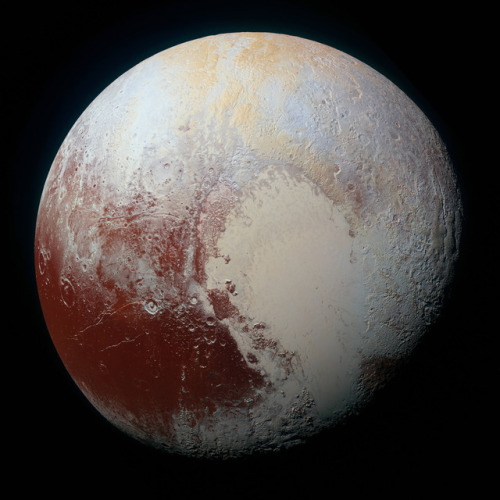
Solar system - Sun, Mercury, Venus, Earth, Mars, Jupiter, Saturn, Uranus, Neptune and Pluto
Credit: NASA, ESA, SDO, Messenger, Mariner 10, Apollo 17, Rosetta, Hubble, Cassini, Voyager 2 & New Horizons
Colors of Earth
When we think of our globe from a distance, we generally visualize two colors: blue and green. Water and land. Mostly water, consequently, our planet’s nickname of the blue marble.
Traveling around the globe every 90 minutes covering millions of miles with a focused lens on our beautiful planet from 250 miles above, I’ve captured many beautiful colors beyond blue and green that showcase Earth in new and interesting ways. Some colors are indicative of nature like desert sands and weather like snow. Other colors tell stories of Earth’s climate in bright splashes of yellows and greens of pollen and muted grey tones and clouded filters of pollution.
Blue and green still remain vivid and beautiful colors on Earth from the vantage point of the International Space Station, but here are some other colors that have caught my eye from my orbital perspective.

African violet

Bahamas blues

Tropical in Africa

Yellow desert

Orange in Egypt

Red surprise

Snow white
Follow my Year In Space on Twitter, Facebook and Instagram!

British astronaut Tim Peake taking a selfie. That Union Flag is the first of its kind to have ever experienced the vacuum of space.
Look up at the super blue blood full moon Jan. 31 – here's what you'll see and why
by Shannon Schmoll

During the early hours of Jan. 31, there will be a full moon, a total lunar eclipse, a blue moon and a supermoon – all at the same time. None of these things is really all that unusual by itself. What is rare is that they’re happening all together on one day.
Keep reading
-
 meepmorpmeepmorp liked this · 3 years ago
meepmorpmeepmorp liked this · 3 years ago -
 jett-blck reblogged this · 4 years ago
jett-blck reblogged this · 4 years ago -
 meditationrelaxationmusic reblogged this · 4 years ago
meditationrelaxationmusic reblogged this · 4 years ago -
 woodsiegirl reblogged this · 5 years ago
woodsiegirl reblogged this · 5 years ago -
 fallen549 liked this · 5 years ago
fallen549 liked this · 5 years ago -
 the-potato-beeper liked this · 5 years ago
the-potato-beeper liked this · 5 years ago -
 mimmilina reblogged this · 5 years ago
mimmilina reblogged this · 5 years ago -
 mimmilina liked this · 5 years ago
mimmilina liked this · 5 years ago -
 lovingarthistory liked this · 5 years ago
lovingarthistory liked this · 5 years ago -
 luckybeardcherryblossum liked this · 5 years ago
luckybeardcherryblossum liked this · 5 years ago -
 queen-of-alagaesia liked this · 5 years ago
queen-of-alagaesia liked this · 5 years ago -
 thepotatopancakepapers reblogged this · 5 years ago
thepotatopancakepapers reblogged this · 5 years ago -
 thepotatopancakepapers liked this · 5 years ago
thepotatopancakepapers liked this · 5 years ago -
 yisnin liked this · 5 years ago
yisnin liked this · 5 years ago -
 its-about-male-legs liked this · 5 years ago
its-about-male-legs liked this · 5 years ago -
 captain-starfucker reblogged this · 5 years ago
captain-starfucker reblogged this · 5 years ago -
 broccolycowboysoup liked this · 5 years ago
broccolycowboysoup liked this · 5 years ago -
 eastern-wind liked this · 5 years ago
eastern-wind liked this · 5 years ago -
 felixmoronta reblogged this · 5 years ago
felixmoronta reblogged this · 5 years ago -
 dark-sweet-muffin liked this · 5 years ago
dark-sweet-muffin liked this · 5 years ago -
 harrycaton reblogged this · 5 years ago
harrycaton reblogged this · 5 years ago -
 harrycaton liked this · 5 years ago
harrycaton liked this · 5 years ago -
 carlosdmoura liked this · 5 years ago
carlosdmoura liked this · 5 years ago -
 foxpapa reblogged this · 5 years ago
foxpapa reblogged this · 5 years ago -
 foxpapa liked this · 5 years ago
foxpapa liked this · 5 years ago -
 spaxey reblogged this · 5 years ago
spaxey reblogged this · 5 years ago -
 notisaidthechicken liked this · 5 years ago
notisaidthechicken liked this · 5 years ago -
 art-rat liked this · 5 years ago
art-rat liked this · 5 years ago -
 caretaker158 reblogged this · 5 years ago
caretaker158 reblogged this · 5 years ago -
 caretaker158 liked this · 5 years ago
caretaker158 liked this · 5 years ago -
 crystallinewolff reblogged this · 5 years ago
crystallinewolff reblogged this · 5 years ago -
 sparklycreampuff liked this · 5 years ago
sparklycreampuff liked this · 5 years ago -
 merelymoore liked this · 5 years ago
merelymoore liked this · 5 years ago -
 cannibalistic-impulse liked this · 5 years ago
cannibalistic-impulse liked this · 5 years ago
eleon / 18 / they. aspiring astronaut. lover of biology and space.
25 posts


